Sign-on Bonus Repayment Letter Template for Employers and Employees
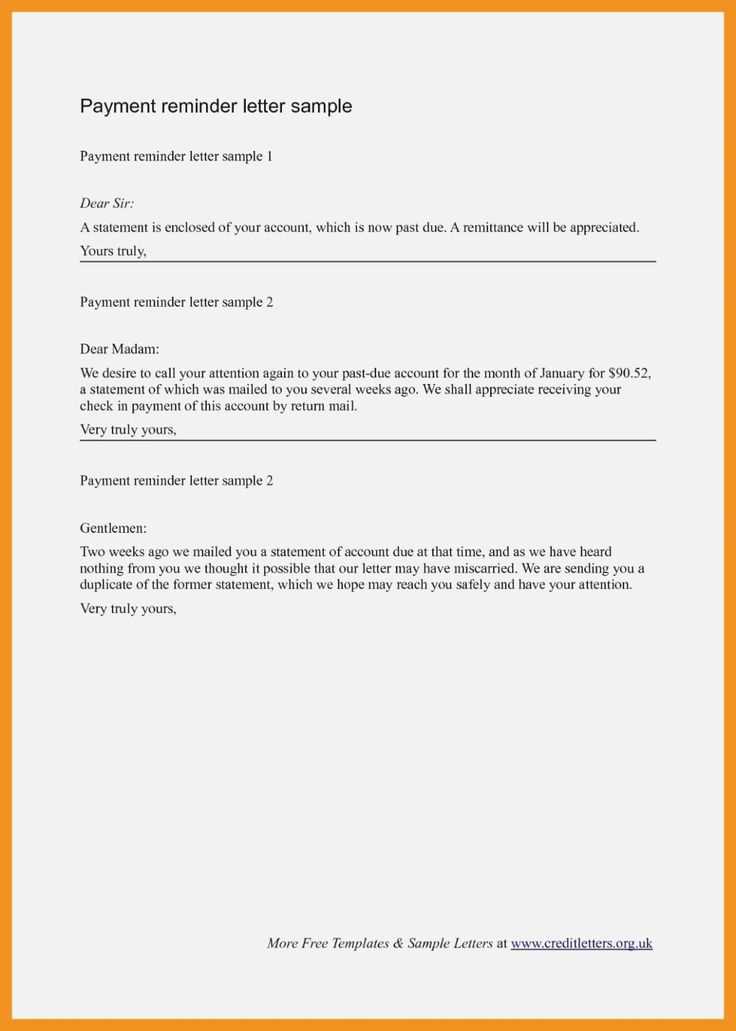
When an employer and employee agree on a financial arrangement that involves a form of compensation paid upfront, it may come with certain terms for repayment under specific circumstances. These agreements are important to clearly outline how the employee should return funds if the conditions are not met. Crafting a well-structured document is essential for both parties to avoid misunderstandings and potential disputes.
Employers often need a formal means to request the return of funds, especially when an individual leaves the company before the agreed period. The document serves as a clear communication tool that ensures the terms are understood and legally binding. For employees, understanding their obligations and the steps involved is key to handling the process professionally and without confusion.
Writing such a document requires attention to detail, including outlining the conditions that trigger the repayment and specifying the timeline and method of returning the funds. This article explores the essential elements of this communication and offers practical advice on creating an effective, fair, and legally sound agreement.
Understanding the Employee Compensation Agreement
In many employment contracts, an agreement is made where a company offers an initial payment to an employee as an incentive for joining the organization. This financial arrangement is typically provided to attract skilled talent or to encourage commitment to the company. The conditions surrounding this arrangement are crucial, as they define under what circumstances the employee might be required to return the payment.
Such agreements are commonly structured to ensure the company is protected in case the employee does not fulfill the terms of employment. This section aims to clarify how these arrangements are typically framed and what both parties need to be aware of to prevent any misunderstandings or legal complications.
- Purpose: The main goal of this type of arrangement is to secure employee retention and incentivize the employee to commit to the company for a set period.
- Conditions: Clear terms are essential to ensure that both the employer and employee understand the situation in case the contract is prematurely terminated or the conditions are violated.
- Reimbursement Clauses: These clauses are put in place to specify when and how the employee is expected to return the amount if specific conditions are not met.
For the employer, drafting an agreement that is both fair and legally sound can help mitigate future risks. Employees, on the other hand, must ensure they understand the implications of accepting such an agreement and the potential obligations they may face later on. Being fully aware of the terms helps both parties proceed with clarity and mutual understanding.
Why a Repayment Document Is Necessary
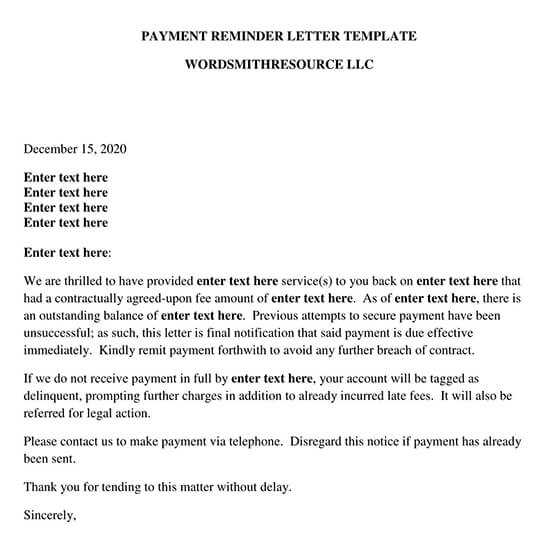
When a company offers financial incentives to an employee at the beginning of their contract, certain terms are usually agreed upon regarding the return of funds if the conditions are not met. These agreements are important for ensuring both parties understand their responsibilities and the steps to be taken if the employment relationship ends prematurely. A formal communication is essential in these situations to clarify expectations and avoid confusion.
For employers, having a well-structured document serves as a legal safeguard. It provides a clear, written record of the terms under which funds must be returned. This can be crucial in avoiding disputes and ensuring that any financial obligation is formally acknowledged by the employee. A solid agreement ensures that the employer is not left in a vulnerable position.
For employees, receiving such a document helps them understand the potential consequences of leaving the company before a set period or not fulfilling the agreed-upon conditions. It creates transparency and sets a clear expectation, reducing the chances of misunderstandings or disputes later on. A repayment document acts as a reminder of the agreement’s terms, helping employees stay informed of their obligations.
Key Elements to Include in the Document
When drafting a formal agreement that involves the return of financial incentives, it is essential to include specific elements that ensure both parties are clear on their obligations. A well-crafted document serves as a binding reference that outlines the terms, expectations, and consequences in case the employee fails to meet the required conditions. Below are some of the key components that should always be included in such an agreement.
Detailed Terms of the Agreement
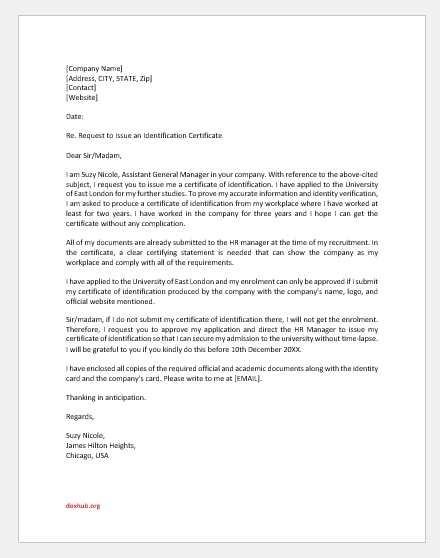
One of the most important sections of the document is the clear definition of the terms under which the funds must be returned. This includes specifying the time frame in which the repayment is required, as well as any specific conditions that would trigger the need for reimbursement. The conditions should be outlined without ambiguity, leaving no room for misinterpretation.
Payment and Method of Return
Another crucial element is the inclusion of how the repayment will be handled. This section should specify the payment method, whether it will be through a one-time payment, installments, or deductions from future wages. It should also address how long the employee has to complete the repayment and whether there are any penalties or interest for late payments.
Writing Tips for Clarity and Precision
Creating a document that clearly conveys the terms and conditions of a financial agreement is essential for avoiding misunderstandings. Whether drafting an agreement for repayment or outlining any form of compensation, ensuring that the message is direct and easy to understand is crucial. Using simple language, proper structure, and well-defined sections can help both parties avoid potential disputes.
Use Simple and Direct Language
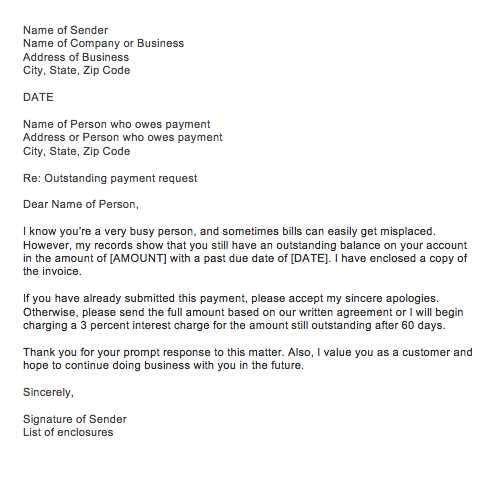
To achieve clarity, it is essential to use straightforward language that is free from jargon or legalese. The purpose of the document is to ensure that all involved parties understand their responsibilities. For instance, instead of using complex phrases, opt for short, clear sentences that describe what is expected and when. This will reduce the likelihood of confusion and ensure that both parties are on the same page.
Structure the Document Logically
A well-structured document helps both parties easily navigate through the terms. Start with an introductory section that outlines the basic details of the agreement. Follow it up with clear sections that address specific points such as timelines, methods of payment, and any potential penalties. This logical flow will ensure that no important information is missed and both parties can refer back to the document with ease.
Legal Implications of Repayment Requests
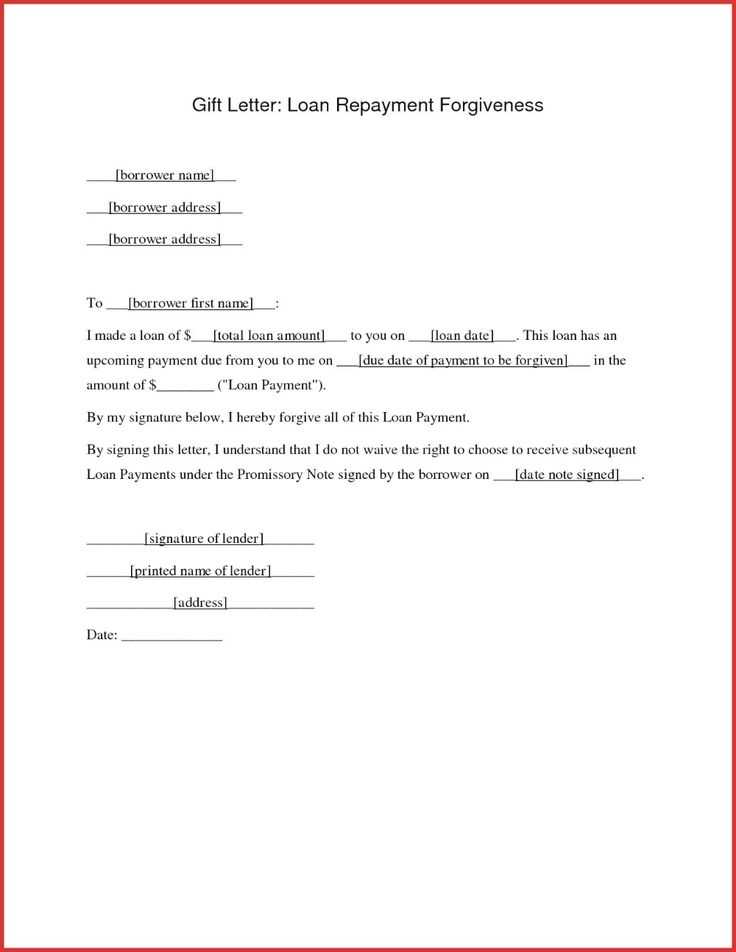
When a company seeks to recover funds provided to an employee under specific terms, it is crucial to understand the legal context surrounding such actions. These financial recoveries can be subject to various legal rules, including contract law and labor regulations, which govern both the employer’s right to request repayment and the employee’s obligations. A clear understanding of these legal principles can help ensure that both parties avoid potential disputes and remain compliant with applicable laws.
Employers must be cautious when making such requests to ensure they do not violate any employment laws or breach contractual obligations. Employees should also be aware of their legal rights, especially in cases where they might feel that the repayment conditions are unfair or unreasonable. Below is a table summarizing key legal considerations for both parties involved in a financial recovery request.
| Legal Aspect | Employer’s Responsibility | Employee’s Rights |
|---|---|---|
| Clear Terms | Ensure terms are unambiguous and documented in the employment agreement. | Employees should be informed of these terms and fully understand them before agreeing. |
| Enforceability | Ensure that the repayment clause is legally enforceable according to labor laws. | Employees have the right to challenge any unenforceable terms in court. |
| Fairness of Conditions | Conditions should be reasonable and not impose undue hardship on the employee. | Employees may contest terms that are deemed excessively burdensome or unfair. |
| State Regulations | Abide by any state-specific labor regulations that govern financial recovery requests. | Employees should be aware of state laws that might protect them from unreasonable repayment demands. |
Customizing the Template for Specific Situations
When creating a document to recover funds or address financial agreements, it is essential to tailor the content to fit the unique circumstances of the situation. A standard format can serve as a foundation, but adjusting it to reflect the specifics of each case ensures that the document is both relevant and effective. Whether dealing with different timeframes, payment methods, or conditions that trigger the repayment, customization can help clarify expectations and responsibilities.
For example, if the agreement involves a shorter or longer repayment period, it is crucial to explicitly state this in the document. Additionally, if there are alternative payment methods or specific financial terms, these should be clearly outlined. By modifying the content to suit the needs of the employer and employee, the agreement becomes more precise and eliminates any potential confusion regarding the obligations of both parties.
Avoiding Common Errors in Repayment Letters
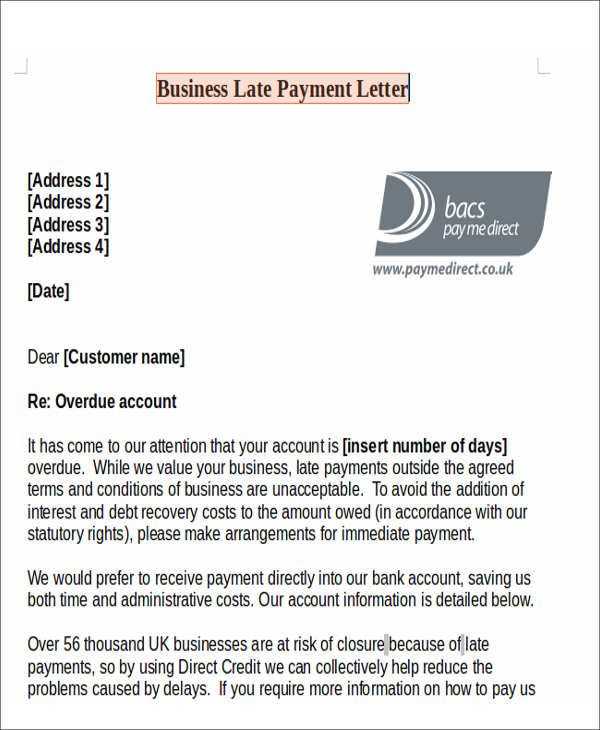
When drafting a document to recover funds, there are several common pitfalls that can undermine the effectiveness and clarity of the communication. Failing to address essential details, such as payment schedules or specific obligations, can lead to misunderstandings between the parties involved. Additionally, using unclear or vague language can create ambiguity, making it difficult for the recipient to fully understand the terms of the agreement.
Another frequent mistake is neglecting to review legal requirements or omitting important clauses that could protect both the employer and the employee. It is essential to ensure that the terms are not only clear but also compliant with relevant laws and regulations. Proofreading the document carefully and seeking professional advice when necessary can help avoid these common errors and ensure that the agreement is both fair and enforceable.